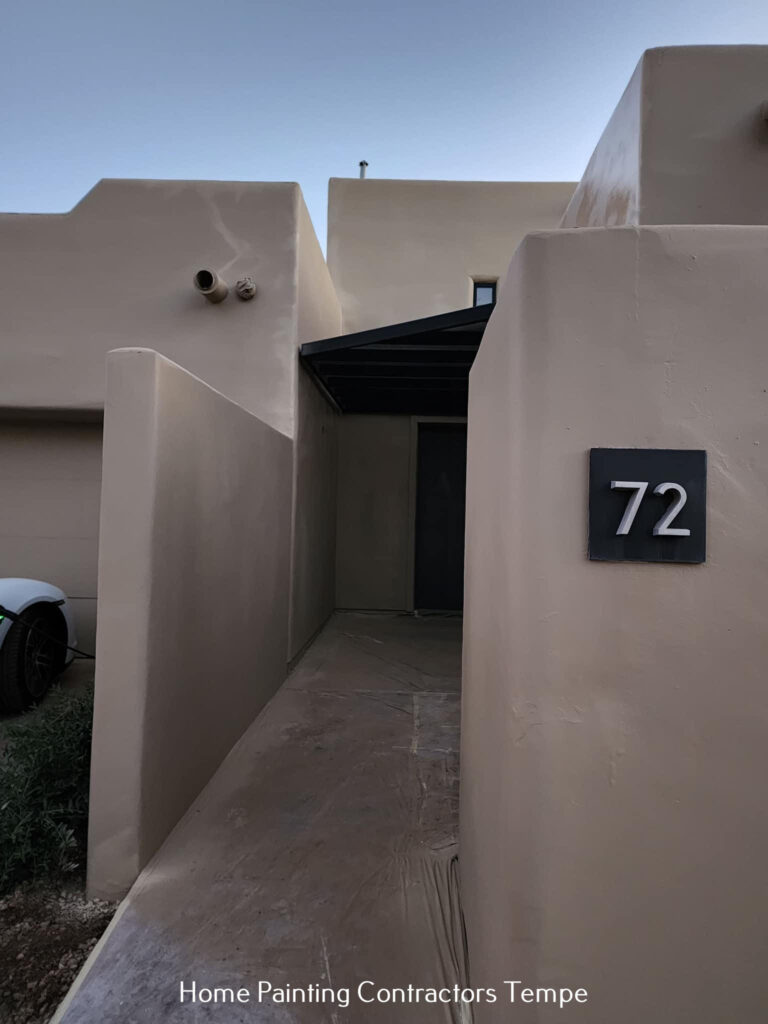Guadalupe, Arizona: A Unique Blend of Cultures and Traditions
Introduction
Nestled in the heart of Maricopa County, Arizona, Guadalupe is a small town with a rich cultural tapestry and vibrant community life. Established in 1910, this town is home to around 6,500 residents and is located within the Phoenix metropolitan area. Guadalupe is renowned for its cultural diversity, deeply rooted traditions, and a strong sense of community, making it a unique and intriguing place to explore. Learn more here.
Historical Background
Founding and Early Years
Guadalupe was founded by Yaqui Indians, indigenous people originally from the Sonora region in Mexico. They settled in this area to escape persecution during the Mexican Revolution. The town was named after Our Lady of Guadalupe, the patron saint of Mexico, reflecting the community’s strong Catholic heritage. Learn more about Exploring Gilbert, Arizona.

Development and Growth
Throughout the 20th century, Guadalupe grew steadily, maintaining its cultural heritage while adapting to the changes brought about by modernization and its proximity to Phoenix. The town officially became incorporated in 1975, which allowed it to manage its affairs more independently while preserving its unique cultural identity.
Cultural Heritage
Yaqui Traditions
The Yaqui culture is at the heart of Guadalupe’s identity. The town is known for its vibrant traditional celebrations, particularly during Holy Week and the Yaqui Easter ceremonies, which are some of the most elaborate and significant cultural events in the area. These ceremonies combine Catholic and indigenous practices, featuring intricate masks, traditional dances, and religious processions.
Festivals and Events
Apart from the Yaqui Easter ceremonies, Guadalupe hosts various other cultural events throughout the year. The Feast of St. Francis of Assisi in October is another significant event, featuring religious processions, traditional dances, and community gatherings. These festivals are not only a display of cultural heritage but also a means to strengthen community bonds.
Demographics
Population
As of the latest census, Guadalupe has a population of approximately 6,500 residents. The town’s demographic profile is predominantly Hispanic, with a significant proportion of Yaqui Indians. This cultural diversity is reflected in the town’s bilingualism, with both Spanish and English widely spoken.
Community and Economy
The community of Guadalupe is close-knit, with a strong emphasis on family and tradition. Economically, the town has a mix of small businesses, service industries, and some agricultural activities. Many residents commute to nearby Phoenix for work, taking advantage of the metropolitan area’s broader employment opportunities.
Modern-Day Guadalupe
Governance and Infrastructure
Guadalupe operates under a council-manager form of government. The town council is responsible for policy-making, while a town manager oversees daily operations. In terms of infrastructure, Guadalupe has made strides in improving its facilities, including schools, parks, and community centers, to enhance the quality of life for its residents.
Education and Services
Education is a priority in Guadalupe, with the town being served by the Tempe Elementary School District and the Tempe Union High School District. Additionally, various community programs focus on preserving cultural heritage, providing social services, and supporting economic development.
Conclusion
Guadalupe, Arizona, stands out as a testament to the enduring strength of cultural heritage and community spirit. Its unique blend of Yaqui traditions, Hispanic influences, and modern American lifestyle creates a vibrant and cohesive community. Despite its small size, Guadalupe offers a rich cultural experience and a close-knit community atmosphere, making it a distinctive and cherished part of the greater Phoenix area.

